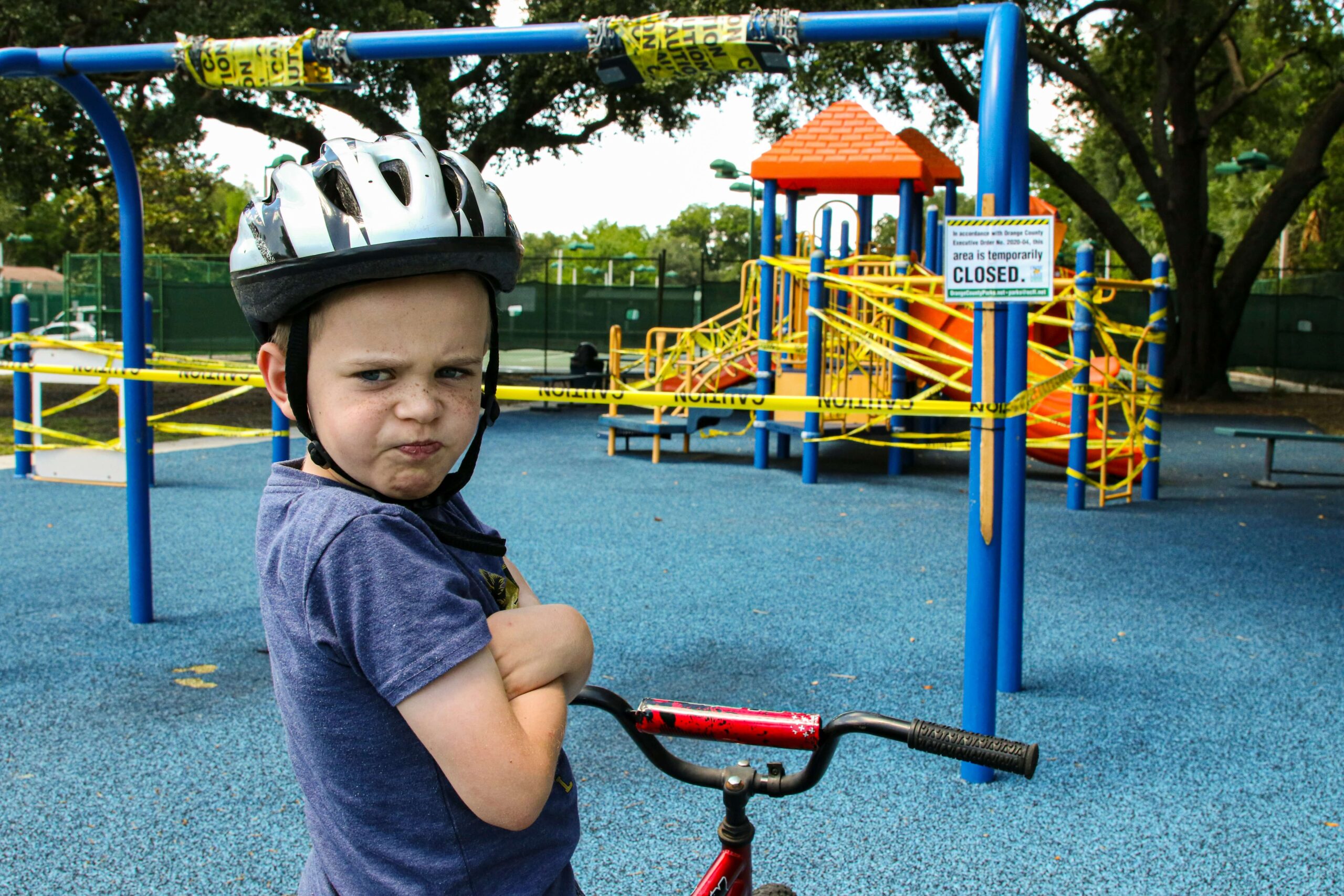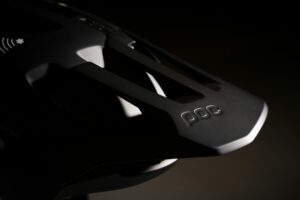Ensuring the safety of our children is a top priority for parents, particularly when it involves high-energy activities like mountain biking. With the advancements in 2024, selecting the right mountain bike helmets for kids has become pivotal. This guide delves into the latest in helmet safety and design, ensuring your child is both safe and stylish on their biking adventures. We’ll explore key safety features, what to look for in a helmet, and highlight top choices that meet these stringent safety standards.
Table of Contents
Key Features in Kids’ Mountain Bike Helmets
When selecting a helmet, beyond ensuring it meets the above standards, consider the following features:
- Fit and Adjustability: A helmet should fit snugly without wobbling. Look for helmets with adjustable sizing systems to accommodate growing children.
- Weight: Lighter helmets reduce neck strain, especially important for younger children.
- Ventilation: Adequate vents keep the head cool, making the helmet more comfortable and likely to be worn without fuss.
- Visibility: Bright colors or reflective elements improve visibility, keeping your child safer on the trail or road.
Navigating Kids’ Helmet Sizes: Finding the Perfect Fit
When it comes to kids’ helmets, one size does not fit all. Helmets are categorized into various sizes to accommodate the growth and diversity in children’s head sizes. Understanding these sizes and how to measure for the perfect fit is key to your child’s safety and comfort.
Understanding Helmet Sizes
Kids’ mountain bike helmets typically come in the following size ranges, measured in centimeters based on the circumference of the head:
- Extra Small (XS): 45-51cm
- Small (S): 51-55cm
- Medium (M): 55-59cm
These sizes can vary slightly between manufacturers, so always check the specific size guide provided with the helmet.
How to Measure Your Child’s Head
Follow these simple steps to measure your child’s head size:
- Get a Tailor’s Measuring Tape: Flexible fabric or soft plastic measuring tapes work best for this.
- Find the Widest Part of the Head: Have your child look straight ahead and wrap the measuring tape around the head, about 1 cm above the eyebrows. This usually corresponds to the widest part of the head.
- Measure: Ensure the tape is snug but not tight. The measurement in centimeters is the size you’ll use to select a helmet.
…or use our Quick Size Tool
Tips for a Perfect Fit
- Try Before You Buy: If possible, have your child try on the helmet before purchasing to ensure a snug and comfortable fit.
- Check for Adjustability: Many helmets come with adjustable dials or pads to fine-tune the fit. Make use of these features to secure the helmet properly.
- Look for a Return Policy: If purchasing online, check if the retailer has a favorable return policy in case the fit isn’t right.
Ensuring the helmet fits correctly is just as important as the helmet’s safety features. A well-fitting helmet will stay in place during a fall, offering maximum protection.
Understanding Helmet Safety Standards
Safety standards are the backbone of helmet efficacy. They ensure that a helmet has been rigorously tested to withstand impacts and provide adequate protection. Here are the key standards parents should be aware of:
- CPSC (Consumer Product Safety Commission): U.S. standard that applies to all bicycle helmets sold within the United States.
- CE EN1078: European standard for helmets used for cycling, skateboarding, and roller skating within the EU.
- ASTM F1447: Standard specification for helmets used in recreational bicycling or roller skating.
These certifications mean the helmet has passed tests for coverage, retention (how well the helmet stays on during a crash), and impact absorption.
Mountain Bike Helmets for Kids – Top Picks in 2024
1. Exclusky Kids Safety Helmet
Overview:
The Exclusky Kids Safety Helmet is a testament to combining safety with comfort. Designed with a lightweight in-mold construction and equipped with an adjustable dial, this helmet ensures a snug fit for various head sizes, making it ideal for growing children.
Key Features:
- CPSC certified for safety assurance.
- Adjustable fit system and strap for optimal comfort and stability.
- 15 vent designs for excellent airflow, keeping your child cool.
Pros:
- Excellent value for the level of protection provided.
- Broad range of adjustable sizes to grow with your child.
- Lightweight design reduces neck strain.
Cons:
- Limited color and design options might not appeal to all children.
2. Schwinn Thrasher Lightweight Microshell Helmet
Overview:
The Schwinn Thrasher Helmet is known for its durability and lightweight design. Featuring a classic look with modern safety features, this helmet is perfect for kids who prefer a more understated style.
Key Features:
- Dual fit adjustable design accommodates various head sizes.
- The microshell exterior offers robust protection without adding extra weight.
- Ample ventilation with over 20 vents for maximum airflow.
Pros:
- Sleek and mature design for older kids.
- Exceptional durability for long-term use.
- Extensive venting system keeps riders cool on hot days.
Cons:
- Might not fit very small children as snugly as other models.
- Some kids may prefer more vibrant designs.
3. ALPINA Ximo Flash Helmet
Overview:
The ALPINA Ximo Flash Helmet is designed with the highest safety standards and a child-friendly fit. It features extended coverage for the back of the head and flashy designs that make safety fun.
Key Features:
- Extended protection at the rear to safeguard against backward falls.
- Built-in flash and reflective details for increased visibility.
- Lightweight, in-mold construction ensures comfort for prolonged wear.
Pros:
- High visibility designs make this helmet a safe choice for any time of day.
- Extra head coverage provides enhanced safety.
- Wide range of designs cater to various preferences.
Cons:
- Premium features and designs come at a higher price point.
- Some sizes may run slightly small, requiring careful measurement before purchase.
Ensuring the Right Fit
A properly fitting helmet is paramount. Ensure the helmet sits level on your child’s head and that the chin strap forms a snug ‘V’ under their ears. The helmet should be tight enough that it doesn’t wobble, but not so tight as to be uncomfortable.
Common Questions
Can these helmets be used for other sports?
While primarily designed for biking, many kids’ helmets are suitable for general skating and scootering. However, always check the manufacturer’s recommendations to ensure safety across activities.
How do I know when it’s time for a new helmet?
Apart from outgrowing the helmet, any significant impact should warrant a replacement, even if no damage is visible. Helmets are designed to absorb impact by partially destroying themselves, and this can compromise their integrity.
Are there helmets that can grow with my child?
Many kids’ helmets feature adjustable sizing, either with a dial system or interchangeable pads, allowing the helmet to accommodate growth over several years.
Conclusion
Selecting the right mountain bike helmet for your child is about finding the perfect balance between robust safety features and designs that spark joy in wearing them. The Exclusky Kids Safety Helmet, Schwinn Thrasher Lightweight Microshell Helmet, and ALPINA Ximo Flash Helmet each offer unique benefits to cater to the diverse needs and preferences of young riders. By involving your child in the selection process and prioritizing a proper fit, you can ensure they’re both safe and happy on their biking adventures.



